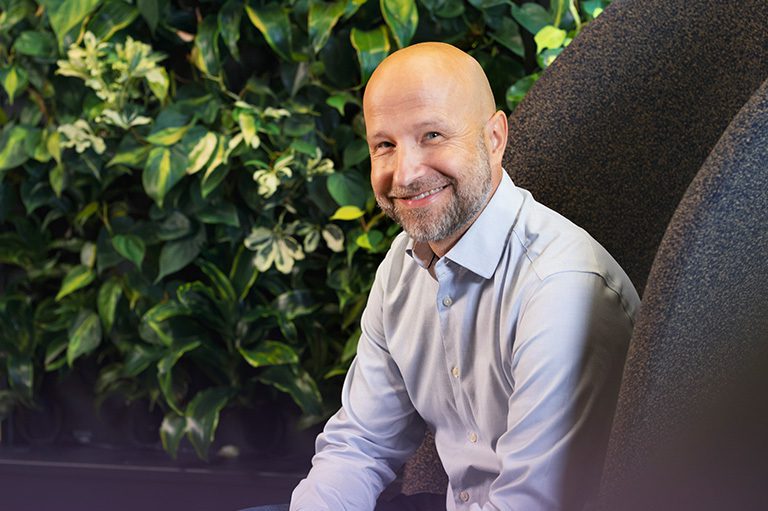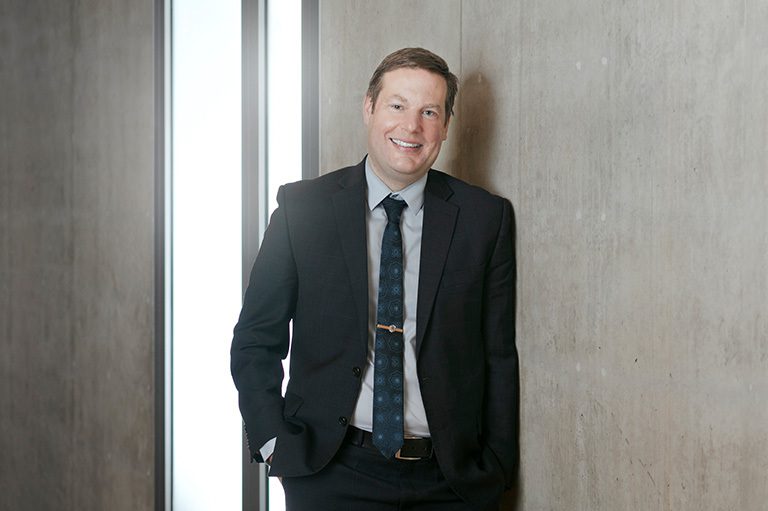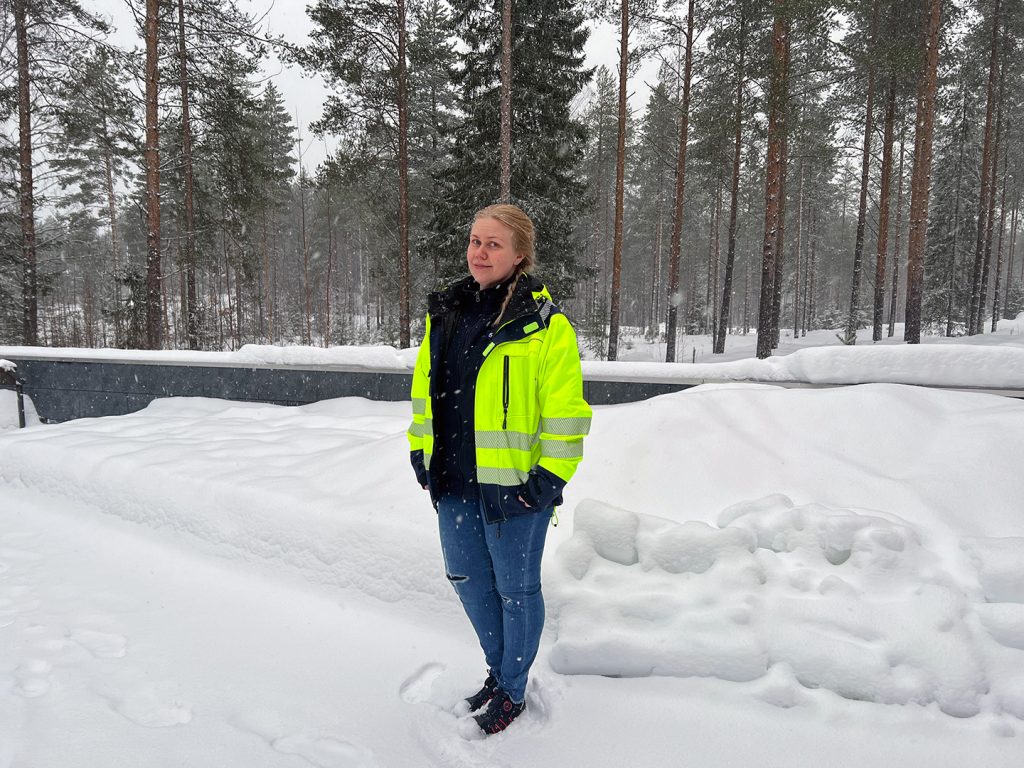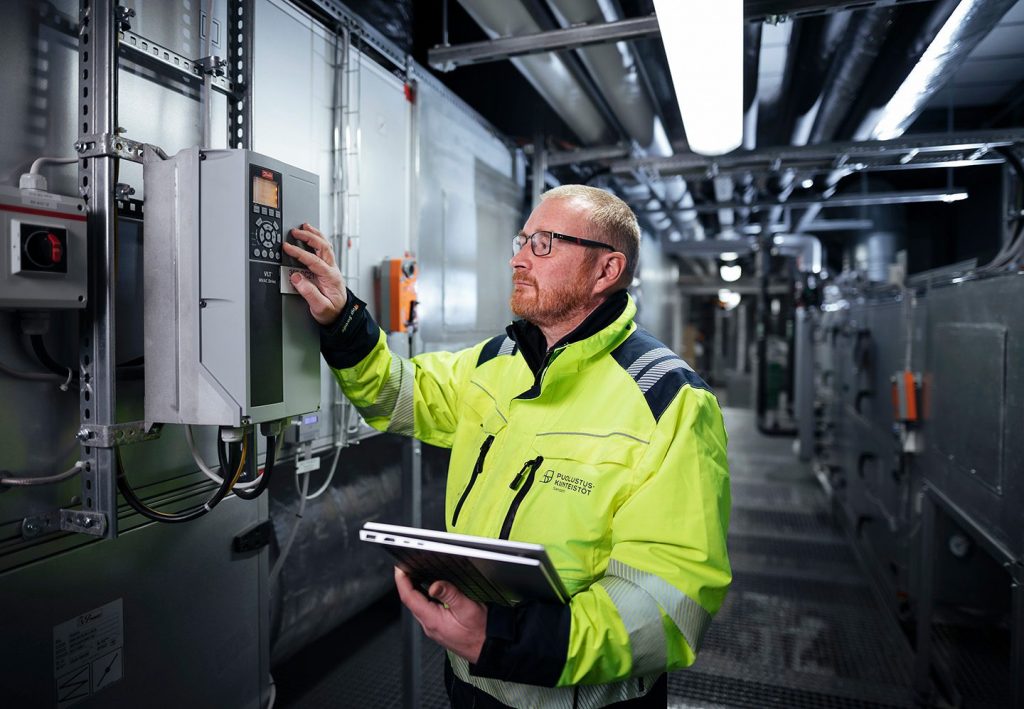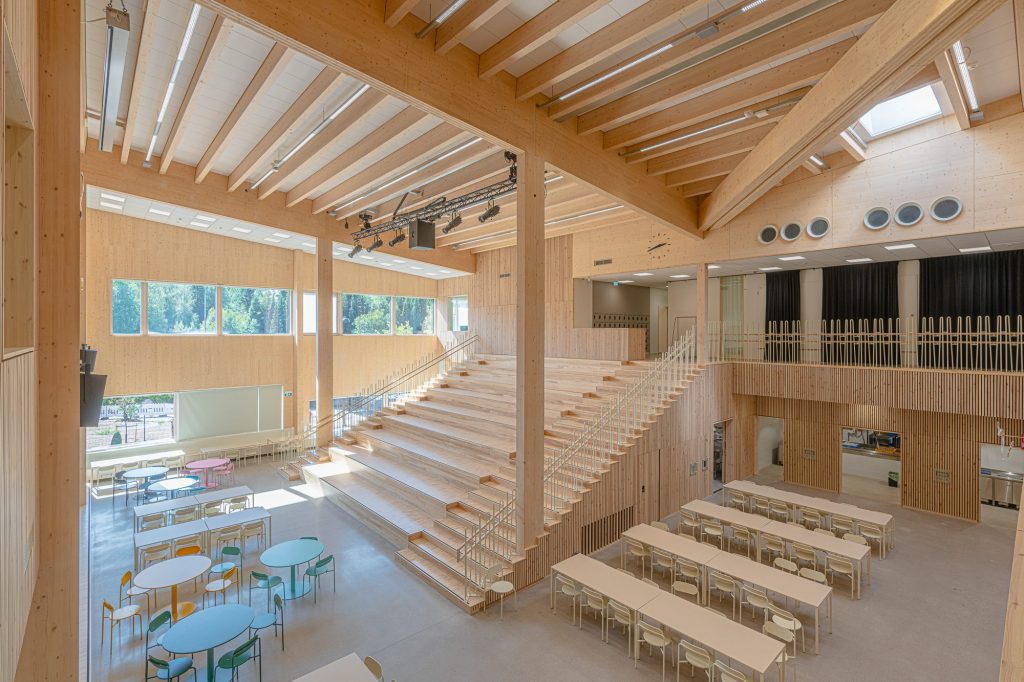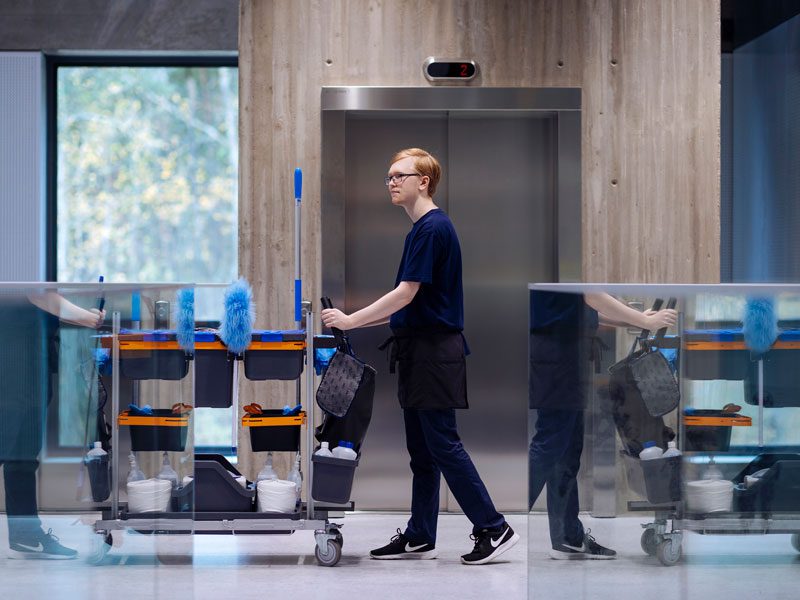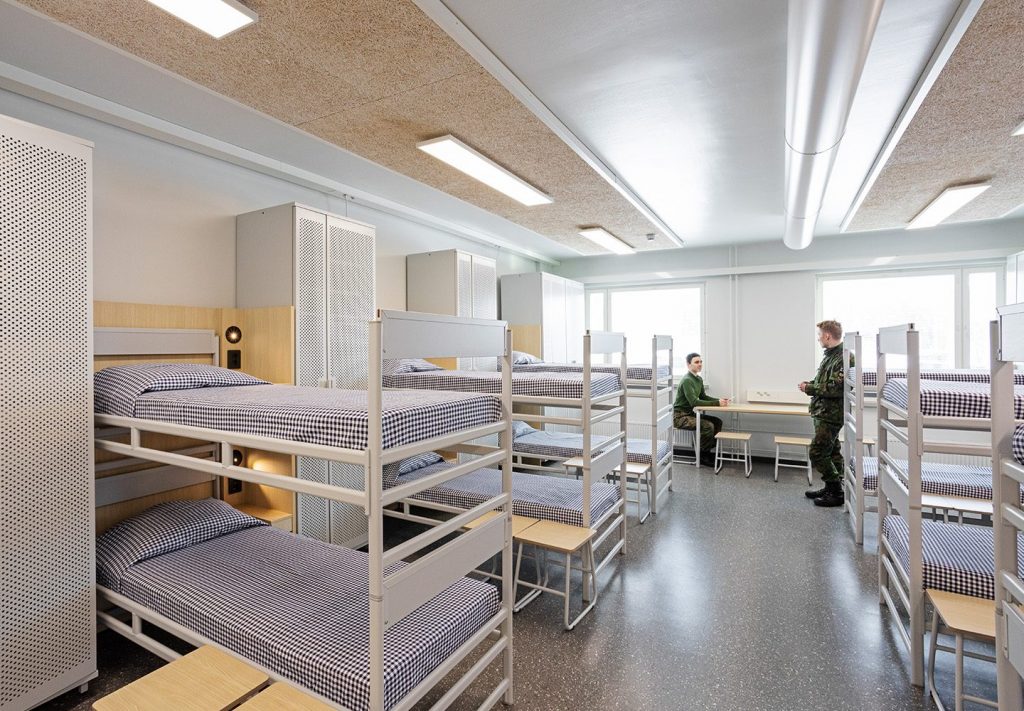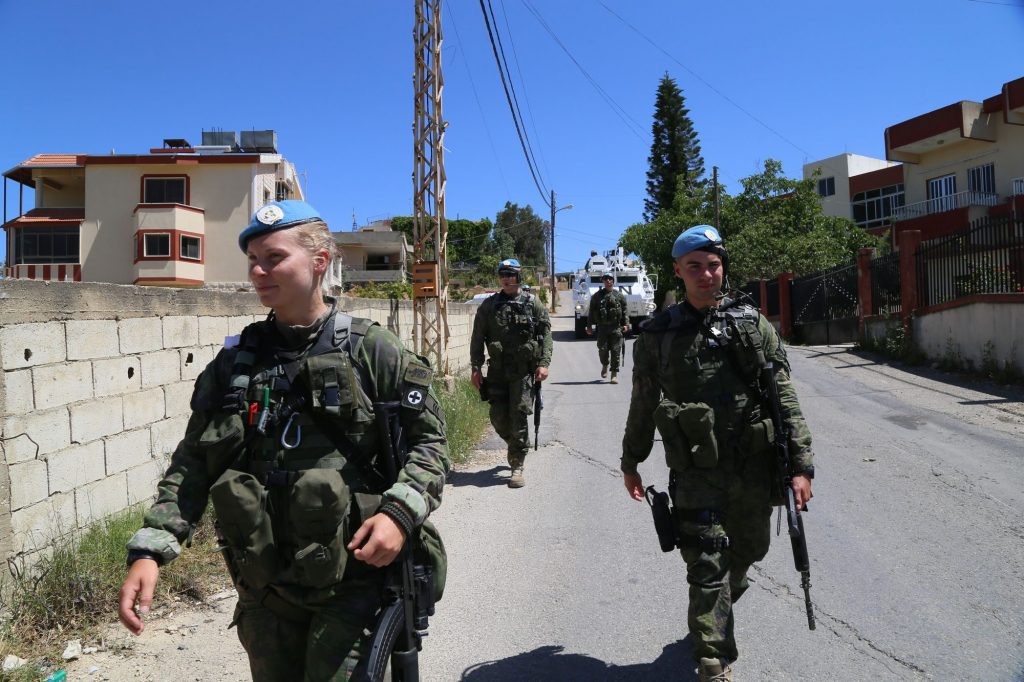We have reduced our fossil carbon dioxide emissions from energy use and procurement by more than 90% over the past ten years. Besides this, we have significantly improved the use of central government facilities and introduced circular economy practices that promote material efficiency. This year, we launched our biodiversity programme.
Over the next few years, our challenge is the record rate of investment in building and developing Defence Forces Finland’s premises. This will greatly increase our construction volume, consume huge amounts of energy and create direct and indirect climate emissions. This can already be seen in the slight increase in Defence Forces Finland’s total carbon footprints. At the same time, we aim to be carbon neutral in 2035. How do we make the equation work?
Responsible construction that takes place within nature’s carrying capacity requires improvements in all project phases.
We must utilise our existing facilities whenever possible. With newbuild, space efficiency, modifiability, carbon neutrality, material efficiency and the possibilities to re-use materials must be considered starting from project preparation.
The later these issues are tackled, the harder it is to implement responsible construction. This is also a matter of changing values and the style of management, where alongside the financial and functional aspects, the responsible implementation of a project in a measurable and cost-effective way is raised.
Finland as a state is committed in many ways to carbon neutrality, the circular economy and the safeguarding of biodiversity. All central government actors share these commitments, not just us as a property owner and facilities operator.
Timo Kanerva
Director, Corporate Social Responsibility at Defence Properties Finland

